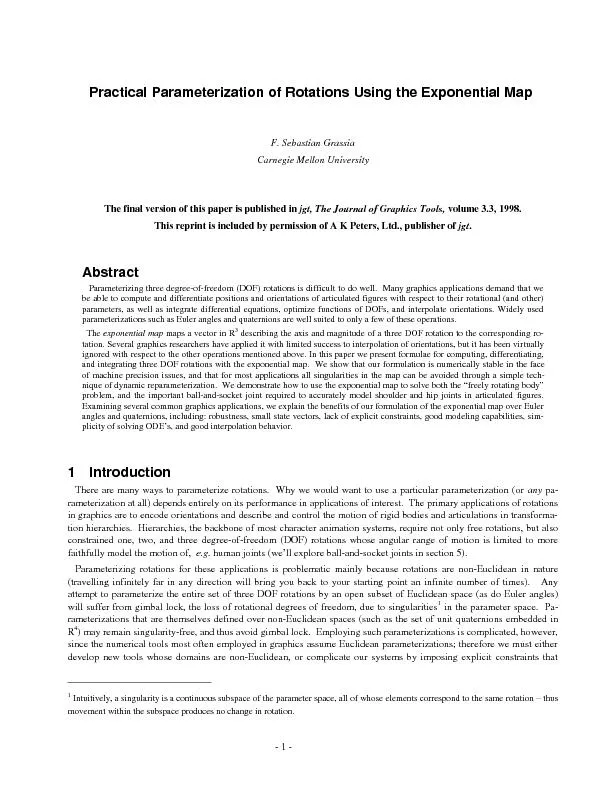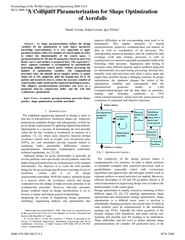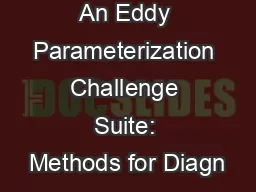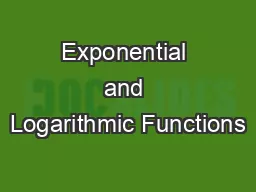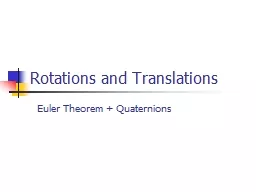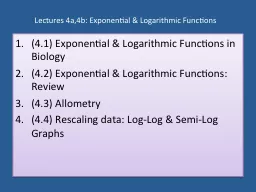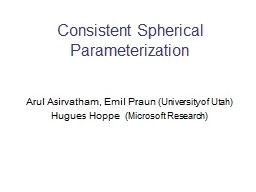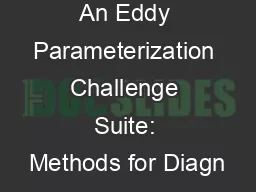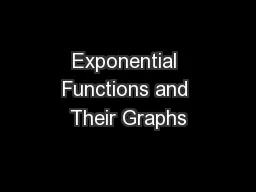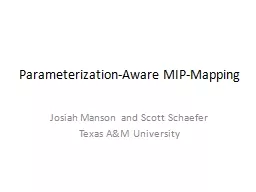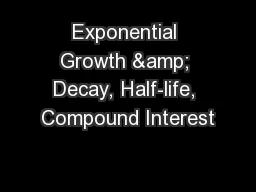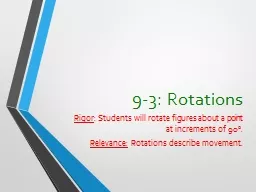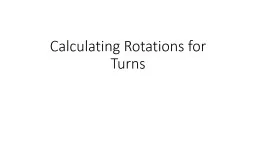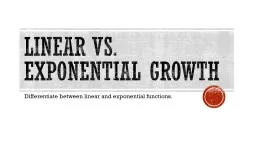PDF-- 1 -Practical Parameterization of Rotations Using the Exponential Map
Author : briana-ranney | Published Date : 2016-07-25
Intuitively a singularity is a continuous subspace of the parameter space all of whose elements correspond to the same rotation 150 thusmovement within the subspace
Presentation Embed Code
Download Presentation
Download Presentation The PPT/PDF document "- 1 -Practical Parameterization of Rotat..." is the property of its rightful owner. Permission is granted to download and print the materials on this website for personal, non-commercial use only, and to display it on your personal computer provided you do not modify the materials and that you retain all copyright notices contained in the materials. By downloading content from our website, you accept the terms of this agreement.
- 1 -Practical Parameterization of Rotations Using the Exponential Map: Transcript
Download Rules Of Document
"- 1 -Practical Parameterization of Rotations Using the Exponential Map"The content belongs to its owner. You may download and print it for personal use, without modification, and keep all copyright notices. By downloading, you agree to these terms.
Related Documents

